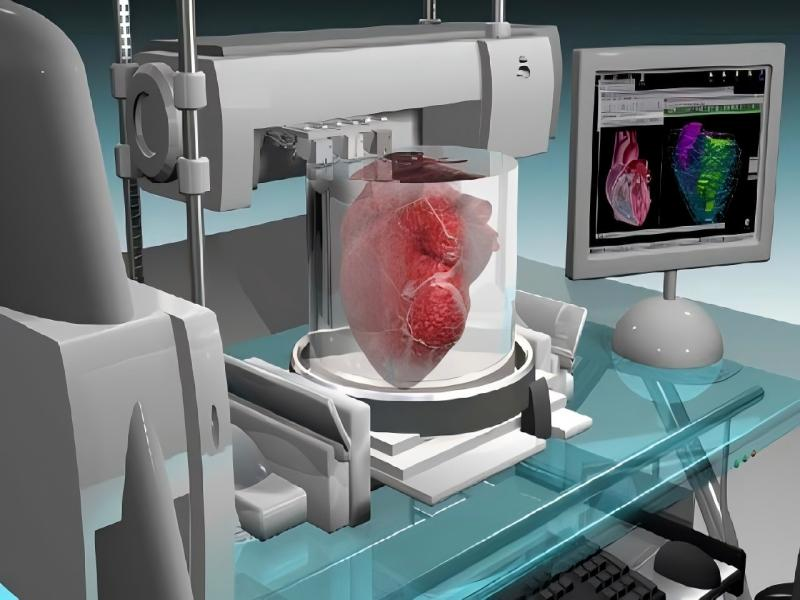Heynova represents a variety of 3D printing organic resins and gel materials. Compared to other 3D printing materials, resin materials can achieve higher printing accuracy and detail, making them suitable for printing complex shapes. They are applicable to a variety of 3D printing technologies, such as photo polymerization and laser beam melting, and are widely used in rapid prototyping, parts production, and artwork creation. Through cross-border breakthroughs in performance, digital services, and deep integration with specific scenarios, 3D printing resins are reshaping the manufacturing value chain. We are not pursuing lower costs, but rather a restructuring of the total cost of each part.
3D printing resin, as an emerging 3D printing material, offers numerous advantages.
High precision: 3D printing resin achieves extremely high precision, enabling micron-level fine printing. This makes it highly advantageous in fields requiring high-precision parts, such as medical devices and jewellery.
High surface quality: 3D printing resin has excellent surface quality, with no noticeable layer height and a smooth surface finish. This results in visually appealing parts, making it suitable for products requiring an attractive appearance.
High strength: After curing, 3D printing resin achieves high strength and hardness, meeting the requirements of most engineering parts.
High production efficiency: Compared to traditional processing methods, 3D printing resin offers high production efficiency. It completes the design, printing, and moulding processes in one go, reducing the production cycle.
Strong combustibility: 3D printing resin is suitable for small-batch production, allowing designs and production to be adjusted on demand to achieve personalized customization.
Environmentally friendly: 3D printing resin does not produce waste during the moulding process, reducing environmental pollution.
Biomedical Engineering: 3D-printed hydrogels have significant applications in tissue engineering, organ model construction, and drug testing, capable of simulating the complex structures and functions of natural tissues.
Flexible Devices: The softness and design flexibility of hydrogels make them promising for use in flexible electronics and wearable devices. Hydrogels with softness and adjustable mechanical properties offer new material options for the design and manufacturing of soft robots.
Drug Delivery Systems: Hydrogels can serve as drug carriers, enabling controlled drug release and improving therapeutic efficacy.
Personalised medicine: Combined with 3D printing technology, hydrogel materials can be customised and manufactured according to patients' specific needs, enabling personalised treatment. For example, photopolymerisable hydrogels can be used to develop flexible and highly sensitive biosensors, etc.
Environment and energy: In fields such as water treatment and energy storage, 3D-printed hydrogels also demonstrate unique application potential.
Research and applications of 3D-printed hydrogel materials are rapidly advancing, attracting widespread attention in the field of materials science while also demonstrating significant application value in biomedicine and engineering. With ongoing technological advancements and innovations, 3D-printed hydrogel materials will bring more breakthroughs and benefits to human society in the future.
